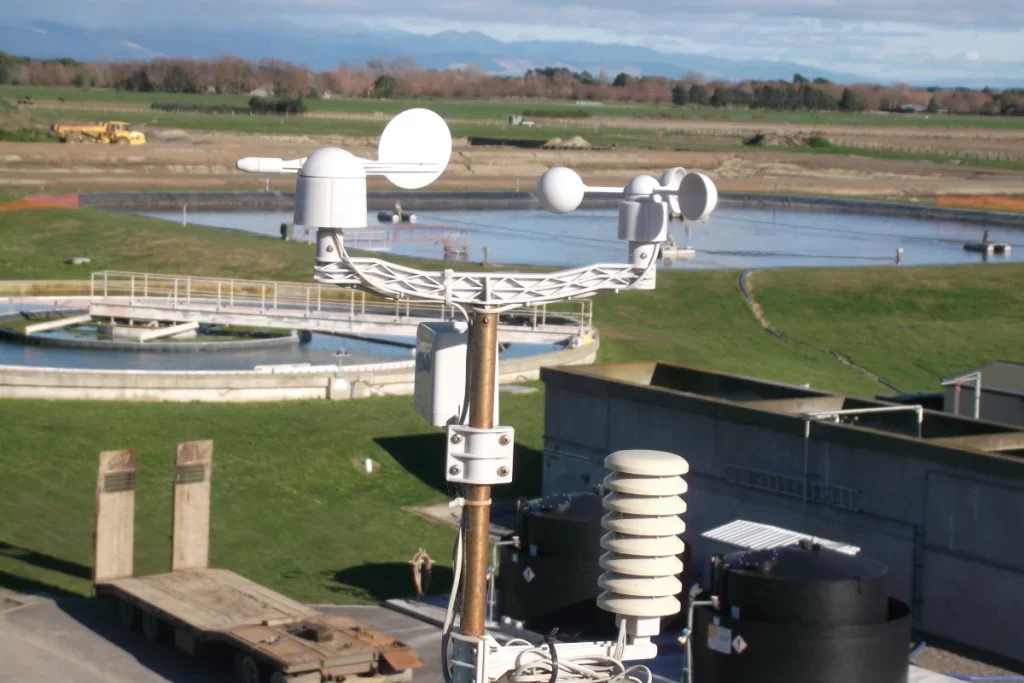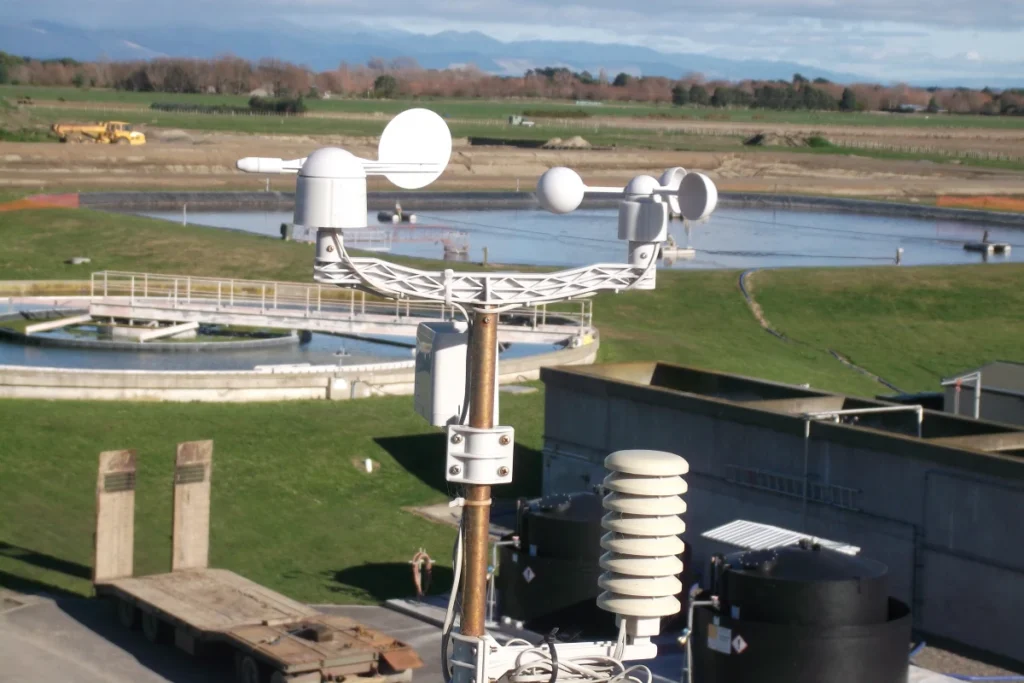
# Anemometer Definition: Understanding the Instrument for Measuring Wind Speed
An anemometer is a device used to measure wind speed, a critical parameter in various fields such as meteorology, aviation, and environmental science. Understanding how an anemometer works and its applications can provide valuable insights into weather patterns and environmental conditions.
## What is an Anemometer?
An anemometer is an instrument designed to measure the speed of wind. The term “anemometer” is derived from the Greek word “anemos,” meaning wind, and “metron,” meaning measure. There are several types of anemometers, each with its own method of measuring wind speed.
### Types of Anemometers
There are several types of anemometers, each suited for different applications:
– Cup Anemometer: This is the most common type, consisting of three or four cups mounted on horizontal arms. The cups catch the wind, causing the arms to rotate. The speed of rotation is proportional to the wind speed.
– Vane Anemometer: Also known as a windmill anemometer, this type uses a propeller mounted on a wind vane to measure wind speed. The vane aligns itself with the wind direction, ensuring accurate measurements.
– Hot-Wire Anemometer: This type uses a heated wire that cools as the wind passes over it. The rate of cooling is used to determine the wind speed.
– Ultrasonic Anemometer: This advanced type uses ultrasonic sound waves to measure wind speed and direction. It is highly accurate and is often used in research and industrial applications.
## How Does an Anemometer Work?
The working principle of an anemometer depends on its type. For example, a cup anemometer measures wind speed by counting the number of rotations of the cups over a set period. The faster the cups rotate, the higher the wind speed. Similarly, a hot-wire anemometer measures the cooling effect of the wind on a heated wire to determine wind speed.
### Applications of Anemometers
Anemometers are used in a variety of applications, including:
– Weather Forecasting: Meteorologists use anemometers to gather data on wind speed, which is crucial for predicting weather patterns.
– Aviation: Pilots rely on anemometers to assess wind conditions before takeoff and landing, ensuring safe flights.
– Environmental Monitoring: Anemometers are used to monitor wind speed in environmental studies, helping to assess the impact of wind on ecosystems.
– Wind Energy: In the wind energy sector, anemometers are used to measure wind speed at potential wind farm sites to determine their viability.
## Conclusion
An anemometer is an essential tool for measuring wind speed, with applications ranging from weather forecasting to environmental monitoring. Understanding the different types of anemometers and how they work can help in selecting the right instrument for specific needs. Whether you’re a meteorologist, pilot, or environmental scientist, an anemometer can provide valuable data to inform your work.
By understanding the anemometer definition and its various applications, you can appreciate the importance of this instrument in measuring and analyzing wind speed. Whether for scientific research or practical applications, the anemometer remains a vital tool in understanding and harnessing the power of the wind.
Keyword: anemometer definition
